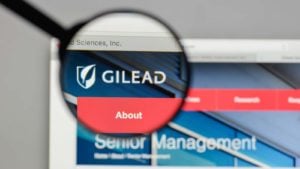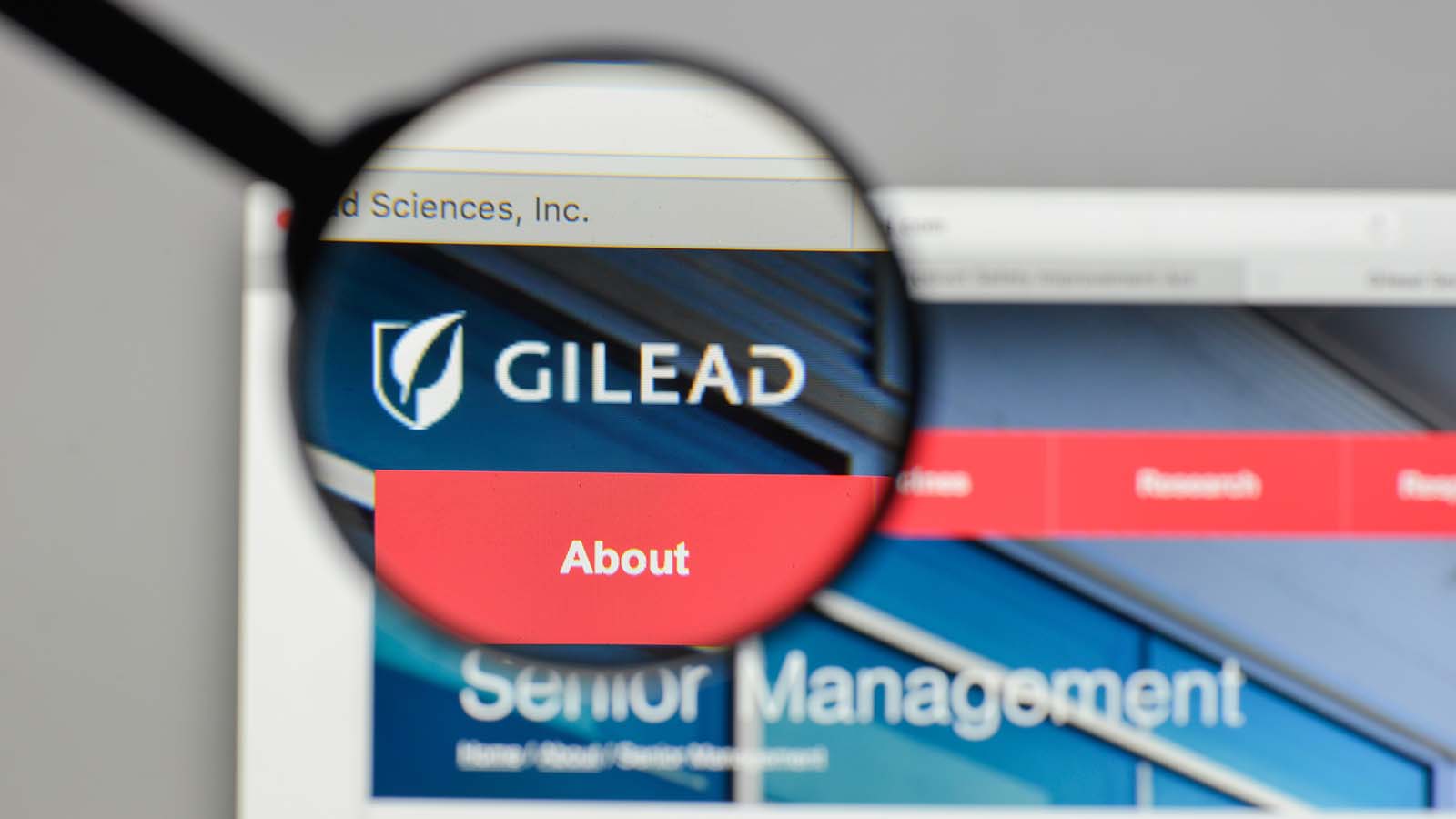The case for Gilead Sciences (NASDAQ:GILD) stock seems easy enough to make. Gilead stock is one of the cheapest names in the S&P 500, at roughly 9x Wall Street profit estimates for 2019.

A dividend yield at 4% adds income to the attractive valuation.
But the case against GILD stock is just as simple. Gilead should be cheap. Due to declining sales of its HCV (hepatitis C virus) products, earnings have fallen sharply.
Profits have stabilized so far in 2019, but this is hardly a growing business. Given the general pressures on drugmakers, 9x earnings doesn’t seem cheap. Rather, it seems about right.
The Profit Problem for Gilead Stock
There’s one core problem with the bull case for Gilead stock: it’s been the same for years now. GILD has looked cheap since at least 2015 but has lost nearly 50% of its value from that year’s highs.
Gilead stock has fallen because profits have fallen. Non-GAAP earnings per share were $11.57 in 2016. They declined by 24% in 2017 and 25% the following year.
Admittedly, earnings seem to have stabilized so far in 2019. Non-GAAP EPS for the first three quarters of 2019 are up 2% year-over-year. But share buybacks actually have driven the growth: non-GAAP net income actually is down (albeit by less than 1%).
As a result, GILD stock has been one of the weakest performers in the sector. Admittedly, most of the pressure came between 2015 and 2017: at one point, Gilead stock had declined over 40% in fewer than two years. But this remains a stock that has been ‘dead money’ for most of this year, trading since February in a relatively tight range between $62 and $67. GILD is unlikely to break that range until it can convince investors that profits are going to grow.
Whither Growth?
To be sure, Gilead does have drugs in its pipeline, along with recently launched HIV treatment Biktarvy, that can drive growth. The company said after Q3 earnings that Biktarvy sales had offset lost revenues from drugs facing generic challenges. Descovy, another HIV drug used in combination with existing treatments, has been approved in the U.S.
Filgotinib, developed in collaboration with Galapagos NV (NASDAQ:GLPG), is a promising treatment for rheumatoid arthritis. GLPG stock actually has been one of the market’s best performers this year — the stock has doubled year-to-date — which suggests investors are optimistic toward that drug’s prospects.
Meanwhile, the headwind from HCV revenue is starting to fade. HCV sales did decline 25% year-over-year in Q3. But they represented just 12% of Gilead’s total. This is now a company that relies on HIV products, which generated 73% of revenue in the first nine months.
If Gilead can find another growth driver augment its strength in that category, the company could return to growth. That might be Filgotinib. It could be a success in so-called CAR-T therapies developed by Kite Pharma, acquired for $12 billion back in 2017. Whatever the driver, the 9x earnings multiple makes one thing very clear: if Gilead can get back to driving consistent growth, Gilead stock is going to rise.
Why GILD Stock Isn’t Cheap Enough
But there are some holes in that case. Revenue growth in HIV isn’t going to last forever. The worry in that category isn’t quite the same as it was in HCV, where Gilead lost revenue because it actually cured patients. But patents will expire, and rivals like Viiv Healthcare, majority-owned by GlaxoSmithKline (NYSE:GSK), are trying to take market share from Gilead.
Meanwhile, Kite increasingly looks like a disappointment. CAR-T treatment Yescarta has generated just $334 million in sales so far this year, just 2% of the company’s total revenue. Patience toward Kite already is running out, and analysts fear Gilead will have to write down the acquired assets.
Again, if Gilead can drive consistent growth, GILD stock will rise. But the company hasn’t convinced investors it can do so — and there are real risks along the way.
In that context, 9x earnings is not all that cheap. That’s particularly true given valuations in the pharmaceutical and biotech sectors. Amgen (NASDAQ:AMGN) and Pfizer (NYSE:PFE) both trade around 13x forward earnings.
Bristol-Myers Squibb (NYSE:BMY) has soared in the last three months but still trades around 12x assuming the acquisition of Celgene (NASDAQ:CELG) is completed.
Those stocks admittedly have a higher valuation — but they’re also better, safer, and more diversified businesses. And their multiples show that investors simply won’t pay up big for low-growth pharmaceutical stocks. There are simply too many risks, whether the potential for price controls by regulators or the U.S. Congress or the consistent threat of patent expiration.
GILD does offer an attractive dividend, admittedly. It does seem like a 4% yield (which GILD offers at $63) attracts investors, given how often support has held at those levels. Share repurchases add to shareholder returns.
But those returns don’t change the long-term valuation. Neither has kept GILD from its long decline from 2015 highs. There are real pressures on earnings here, and a questionable path to growth. In that context, 9x looks like the right multiple, or at least something close.
As of this writing, Vince Martin has no positions in any securities mentioned.
